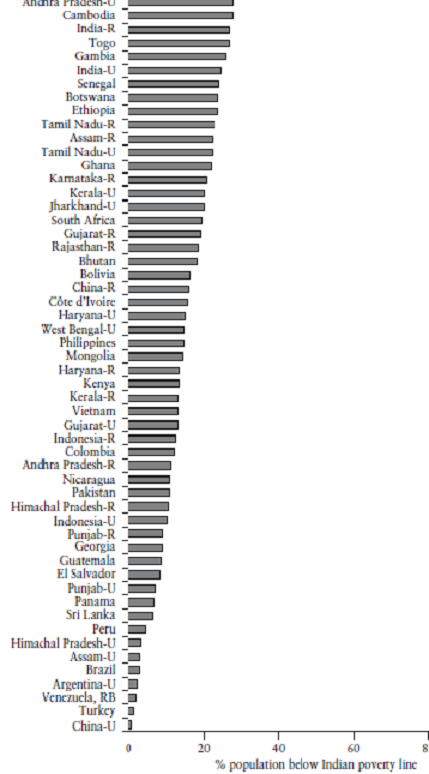And I clearly understand the difference between Educational Attainment Rate, and Enrollment Rate, which is why I posted the Gross Enrollment Rate graphs in post#1882, to distinguish it from educational attainment rate. Its you who need to understand the meaning and definition of "educational attainment"
There is a reason why all these reports, categorically don't use the Barro-Lee figures for countries where the national household survey figures are available, which is more accurate.
Looks like you just want to take the Barro and Lee paper as the absolute truth, and all other reports/papers are worthless for you. If thats your mindset, then any further discussion is futile.
Let me make three points and hope that we can agree:
1. The reports and data you are citing are older than the Barro & Lee data.
2. The reports you are citing do not offer any data on "completion" or graduation rate at each level as Barro-Lee does.
3. Unlike the people and reports you cite, Barrow and Lee are serious researchers at Harvard who understand data and know how to interpret it, and are therefore more credible.
Besides, there are other sources such as the UNDP HDI report that corroborates the fact that Pakistanis have more years of schooling than Indians, and ranks Pakistan higher than India on education.
According to the (UNDP) report, life expectancy at birth in India is 64.4 years, while in Pakistan it is 67.2 years. In Bangladesh, life expectancy is 66.9 years.
Similarly, mean years of schooling in India is 4.4 years while in Pakistan and Bangladesh it is 4.9 and 4.8 years respectively.
Pakistan ahead of India on human development indices: UN report - Hindustan Times







